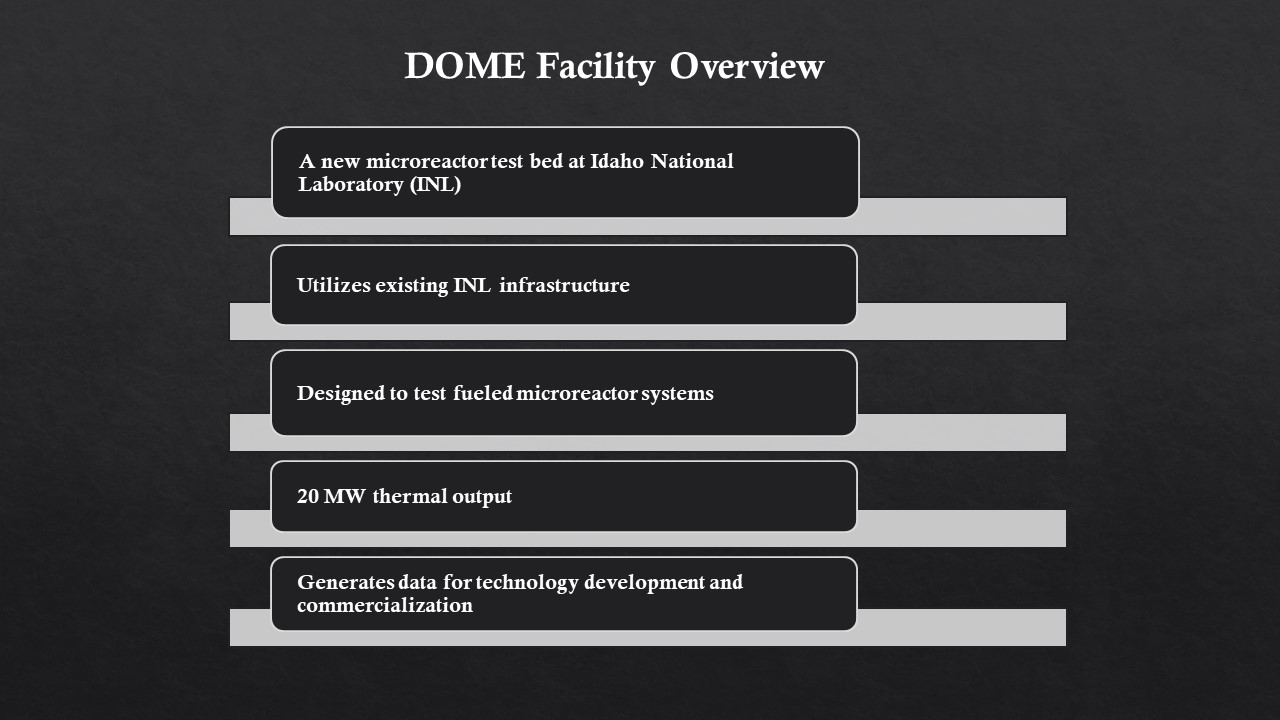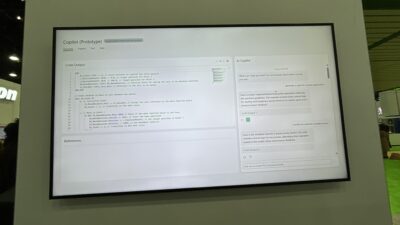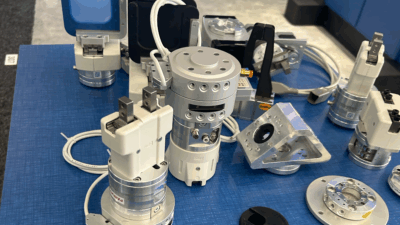Westinghouse and Radiant were the initial companies selected to test their microreactor designs in DOME.

The U.S. Department of Energy (DOE) made conditional selections for Westinghouse and Radiant to conduct initial tests at the Demonstration of Microreactor Experiments (DOME) facility at Idaho National Laboratory. These tests represent an early application of microreactor technology at the site and are intended to support the development and deployment of U.S. microreactor systems. The first fueled reactor experiment is expected to begin as early as spring 2026.
This is important for Control Engineering readers because of the advanced controls and instrumentation needed for these small fusion reactors.
“Microreactors will play a big role in expanding the use of nuclear power in the United States,” said Mike Goff, the Acting Assistant Secretary for Nuclear Energy. “Thanks to President Trump’s leadership, these DOME experiments will test new reactor designs that will be counted on in the future to reliably power our homes, military bases, and mission critical infrastructure.”
President Trump has expressed support for expanding U.S. nuclear capabilities to strengthen the country’s role in the nuclear sector. The announcement provides a new resource for private industry and is intended to support innovation while reducing the risk associated with developing new reactor technologies in the United States.
DOME will be a new microreactor test bed facility that uses existing infrastructure at Idaho National Laboratory to test fueled reactor systems capable of producing up to 20 megawatts of thermal energy. Data from these experiments will support the development and potential commercialization of microreactor technologies.
Westinghouse (Etna, Pennsylvania) will test the eVinci Nuclear Test Reactor to support the design of its planned transportable microreactor, which uses heat pipe technology to passively cooling. The eVinci reactor is designed to produce 5 megawatts of electricity and operate on sites as small as two acres. It may be suitable for off-grid applications such as remote communities, mining operations, or data centers.
Radiant (El Segundo, California) will test the Kaleidos Development Unit to support the development of its 1.2 megawatt electric high-temperature gas reactor, intended for use in applications currently served by diesel generators. Kaleidos is designed to operate for five years before refueling and may provide backup power for facilities such as hospitals and military installations.
The two reactor developers were selected in 2023 to begin preliminary work for potential testing in DOME facility. Both companies are currently progressing through the DOE’S phased authorization process for the design, fabrication, construction, and testing of their fueled reactor systems.
Each DOME reactor experiment is expected to operate for up to six months. Testing activities are funded by the participating organizations, and the order of experiments is determined by factors such as technology readiness, fuel availability, and a regulatory planning. Both companies must meet defined milestones to retain their scheduled time in DOME and support coordinated use of the facility.
The DOME test bed is currently under construction and is expected to host its first experiment in early 2026. The facility is operated by DOE’s National Reactor Innovation Center, which provides access to resources across the Department’s national laboratories to support the development of advanced reactor technologies.
DOE recently closed its first round of applications for scheduling experiments in DOME. The next application period is expected to begin in summer 2026.
Edited by Puja Mitra, WTWH Media, for Control Engineering, from a DOE news release.



